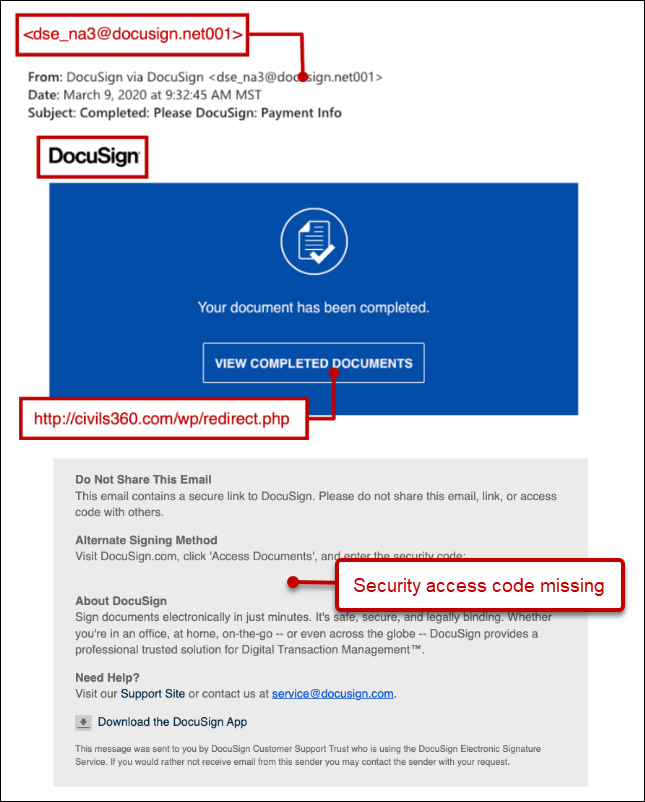The Evolution of Scam Detection
As cyber threats have grown more sophisticated, traditional methods of detecting scams have become increasingly inadequate. Rule-based systems that look for specific keywords or patterns can be easily circumvented by savvy scammers who constantly adapt their tactics.
How AI is Transforming Scam Detection
1. Natural Language Processing
Modern AI systems use advanced natural language processing (NLP) to understand the context and intent behind messages, not just isolated keywords. This allows for detection of subtle manipulation tactics and social engineering attempts that might slip past traditional filters.
For example, an AI system can recognize when a message is creating artificial urgency or attempting to establish false authority - common tactics in phishing attempts.
2. Pattern Recognition Across Massive Datasets
AI systems can analyze patterns across billions of messages, identifying new scam techniques as they emerge. This allows for proactive protection rather than reactive responses to known threats.
When new scam variations appear, AI systems can quickly recognize similarities to known scams and flag them as suspicious, even without exact pattern matches.
3. Real-time Learning and Adaptation
Unlike static security systems, AI-powered scam detection continues to learn and improve over time. Each new scam attempt analyzed helps refine the system's understanding of threat indicators.
This continuous learning cycle means protection improves automatically as scammers develop new techniques, creating an ever-evolving defense system.
4. Contextual Analysis
Advanced AI can evaluate messages within their full context, considering factors like:
- The relationship between sender and recipient
- Previous communication patterns
- Typical behaviors and anomalies
- Timing and circumstances of the message
This contextual understanding dramatically reduces false positives while catching sophisticated scams that might otherwise appear legitimate.
5. Multi-modal Analysis
Modern AI scam detection doesn't just analyze text - it can evaluate multiple aspects of a potential threat:
- Text content and linguistic patterns
- Links and their destinations
- Attached files
- Sender reputation and authenticity signals
- Visual elements like logos and formatting
Scam Helper's AI Approach
At Scam Helper, we've developed a sophisticated AI system specifically designed to combat the latest phishing and smishing techniques. Our technology combines multiple AI approaches to provide comprehensive protection:
- Deep learning models trained on millions of known scam messages
- Continuous learning from new threats identified across our user base
- Contextual analysis that considers the full communication environment
- Specialized detection for industry-specific scam tactics
The result is a protection system that can identify both known threat patterns and entirely new scam approaches as they emerge, keeping our users one step ahead of cybercriminals.


